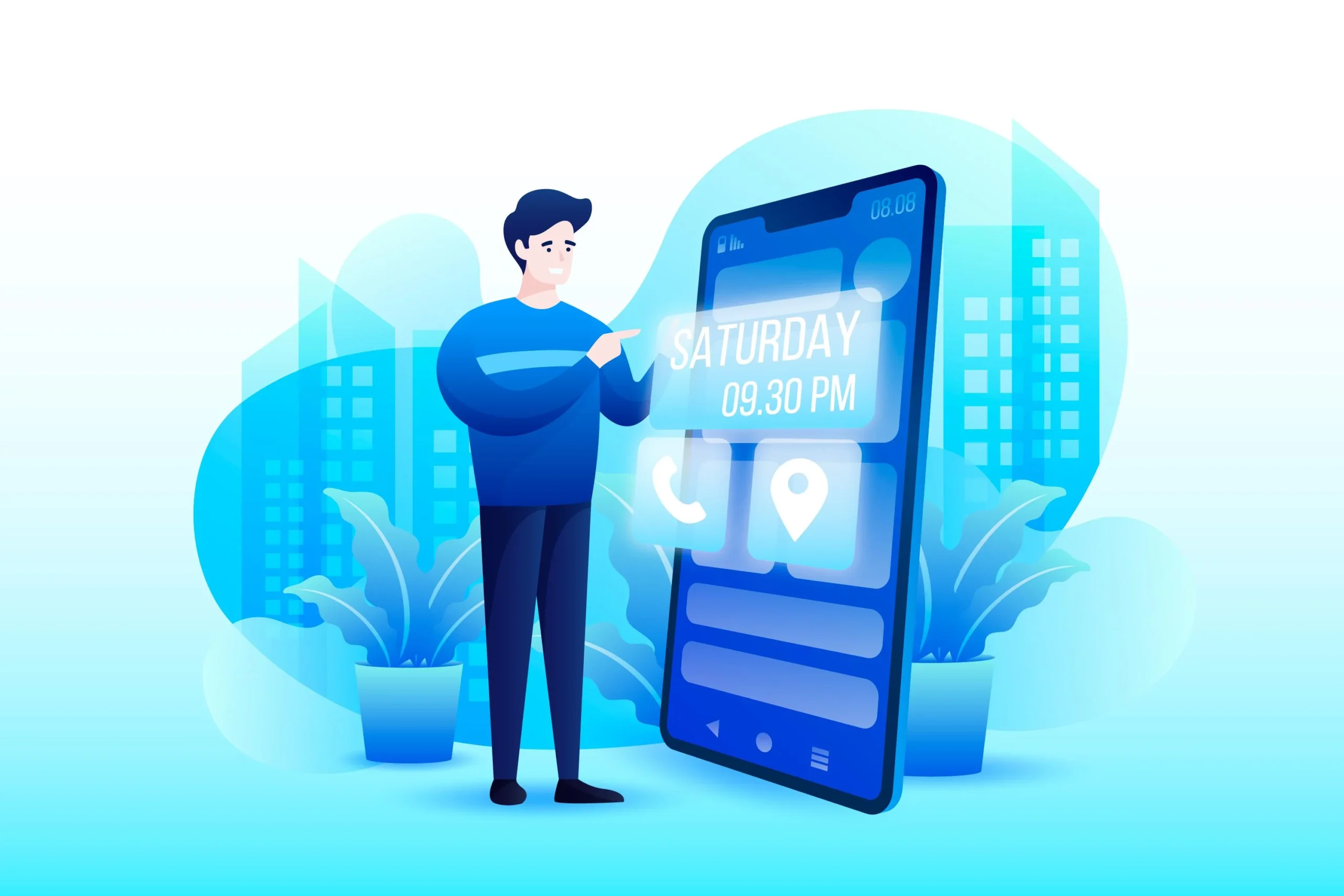In an increasingly digital world, smartphones have become indispensable tools for communication, entertainment, and productivity. However, the ease of access to information and social media can lead to excessive screen time, negatively impacting mental health, relationships, and productivity. This article provides practical strategies for managing smartphone screen time effectively, helping you cultivate a more balanced digital life.
Table of Contents
- Introduction
- Understanding Screen Time
- The Impact of Excessive Screen Time
- Setting Goals for Screen Time Management
- Practical Strategies to Manage Screen Time
- Monitor Your Usage
- Establish Screen Time Limits
- Create Phone-Free Zones
- Schedule Screen-Free Time
- Utilize Apps for Better Management
- Engage in Alternative Activities
- Tips for Maintaining Balance
- Conclusion
Understanding Screen Time
Screen time refers to the amount of time spent using devices such as smartphones, tablets, computers, and televisions. While technology can enhance our lives, understanding the nuances of screen time is crucial.
Types of Screen Time
- Productive Screen Time: Engaging in activities that promote learning, work, or productivity, such as video calls, emails, or educational apps.
- Recreational Screen Time: Consuming content for entertainment, such as social media, streaming videos, or playing games.
Both types can be beneficial, but moderation is key to maintaining a healthy balance.
The Impact of Excessive Screen Time
While smartphones offer numerous benefits, excessive screen time can lead to several negative consequences:
Mental Health Issues
- Increased Anxiety and Depression: Studies show a correlation between high screen time and mental health problems, particularly among adolescents and young adults.
- Sleep Disruption: Using smartphones before bed can interfere with sleep quality due to blue light exposure, affecting overall well-being.
Physical Health Problems
- Eye Strain: Prolonged screen use can cause digital eye strain, leading to discomfort, dryness, and blurred vision.
- Sedentary Lifestyle: Excessive smartphone usage often contributes to a sedentary lifestyle, which can increase the risk of obesity and related health issues.
Impact on Relationships
- Reduced Face-to-Face Interaction: Spending too much time on smartphones can hinder meaningful interactions with friends and family, leading to feelings of isolation.
Setting Goals for Screen Time Management
The first step in managing smartphone screen time is setting clear and achievable goals.
Identify Your Screen Time Usage
- Assess Current Habits: Track your daily screen time using built-in smartphone features or third-party apps. Understanding your usage patterns can help you identify areas for improvement.
Define Your Objectives
- Personal Goals: Decide what you want to achieve by reducing screen time. Whether it’s improving productivity, enhancing relationships, or boosting mental health, clear objectives will guide your efforts.
Practical Strategies to Manage Screen Time
Once you’ve established your goals, implement the following strategies to effectively manage your smartphone screen time.
Monitor Your Usage
Regularly monitoring your screen time is essential for awareness and accountability.
Steps to Take
- Use Built-in Features: Most smartphones have screen time tracking features that provide insights into your daily and weekly usage.
- Review Usage Reports: Analyze which apps consume the most time and identify patterns in your usage.
Establish Screen Time Limits
Setting boundaries is crucial for effective screen time management.
How to Set Limits
- Daily Time Limits: Decide on a reasonable amount of time to spend on your phone each day. Consider reducing your usage gradually to avoid feeling overwhelmed.
- App-Specific Limits: Use built-in features or third-party apps to set limits for specific apps that tend to consume more of your time, such as social media or gaming apps.
Create Phone-Free Zones
Establishing designated areas where phone usage is not allowed can help reduce screen time.
Suggestions for Phone-Free Zones
- At the Dinner Table: Encourage family conversations by keeping phones away during meal times.
- In the Bedroom: Avoid using your phone before bedtime to improve sleep quality and foster a more relaxing environment.
Schedule Screen-Free Time
Intentionally setting aside time for activities without screens can enhance your overall well-being.
Ideas for Screen-Free Activities
- Outdoor Activities: Spend time hiking, walking, or engaging in outdoor sports to connect with nature.
- Hobbies: Pursue interests like reading, painting, or cooking that do not involve screens.
- Social Interactions: Plan regular meet-ups with friends or family to strengthen relationships without the distraction of phones.
Utilize Apps for Better Management
Several apps can assist in managing smartphone usage effectively.
Recommended Apps
- Forest: This app encourages you to stay focused by growing a virtual tree as long as you avoid your phone.
- Moment: Moment tracks your screen time and provides insights, encouraging you to spend less time on your device.
- Stay Focused: This app allows you to block distracting apps and set limits on usage.
Engage in Alternative Activities
Finding fulfilling alternatives to smartphone usage can significantly reduce screen time.
Suggestions for Alternatives
- Exercise: Incorporate regular physical activity into your routine to boost energy levels and improve mental health.
- Mindfulness Practices: Consider meditation, yoga, or deep breathing exercises to promote relaxation and mental clarity.
Tips for Maintaining Balance
Once you’ve implemented these strategies, consider the following tips to maintain a healthy balance in your smartphone usage:
Reflect Regularly
- Weekly Check-Ins: Schedule time each week to assess your progress and make necessary adjustments to your goals and strategies.
Stay Flexible
- Be Adaptable: Life can be unpredictable; if you find it challenging to stick to your screen time limits, reassess and modify your approach as needed.
Seek Support
- Involve Friends and Family: Share your goals with loved ones and encourage them to join you in reducing screen time. Mutual support can enhance motivation and accountability.
Conclusion
Managing smartphone screen time is crucial in our fast-paced digital world. By understanding the impact of excessive screen usage and implementing practical strategies, you can cultivate a more balanced relationship with technology. Monitoring your usage, setting limits, creating phone-free zones, and engaging in alternative activities are effective ways to enhance your well-being. With consistent effort and a mindful approach, you can enjoy the benefits of technology while maintaining a fulfilling, connected life. Remember, achieving a balanced digital lifestyle is not about eliminating screens entirely but finding a healthy way to incorporate them into your life.


